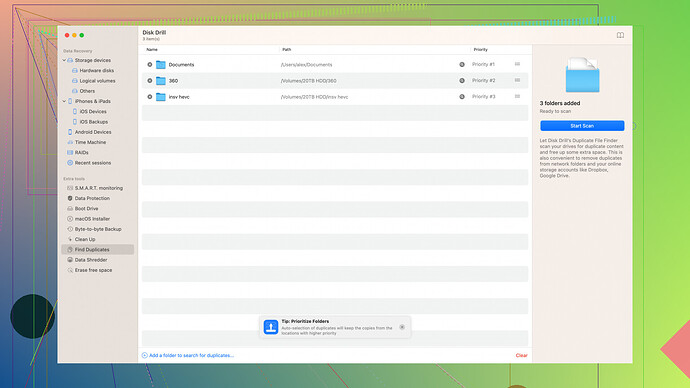Recovering data from a crashed external hard drive can indeed be nerve-wracking, especially when it has all your valuable photos and documents. The cost to recover data can vary widely depending on the situation’s complexity.
1. Level of Damage: The very first thing to consider is the level of damage. Is it a logical failure (like file system corruption), or is it a physical issue (like head crash, motor problem, etc.)? Logical failures are typically less expensive than physical damages.
2. Service Providers: Prices can range wildly depending on who you go with. Here are some rough estimates:
-
Logical failures: Expect to pay anywhere between $100 to $700. It’s comparatively less if your hard drive just needs some software to recover the data.
-
Physical failures: This is where it gets costly. You might be looking at a range from $500 to over $2000, depending on the severity of the damage. Physical recoveries usually require specialized cleanroom environments and are labor-intensive.
3. DIY Solutions: Before shelling out the big bucks, you might want to try some DIY solutions, but proceed with caution. Using data recovery software like Disk Drill
can be a great first step. Disk Drill offers a reliable, user-friendly interface to recover lost files, and you might find it useful. You can check it out here: Disk Drill Data Recovery Software.4. Reputable Services: If DIY tools can’t get the job done, it’s advisable to look for reputable data recovery services. Here are a few with strong reputations:
-
DriveSavers: Known for excellent customer service and their ability to handle severe physical damage. They provide a no-data, no-fee policy.
-
Seagate Recovery Services: They offer reliable services especially if your external drive is a Seagate.
-
Ontrack: Another major player with a full range of data recovery services.
5. Experiences & Considerations: Based on user experiences, be mindful of the following tips:
-
Verify the Service Provider: Always check reviews and customer testimonials. Some services promise more than they deliver.
-
No Recovery, No Fee: Look for providers that have a no-recovery, no-fee policy. It ensures you don’t pay if they can’t recover your data.
-
Data Security: Make sure the service provider respects data privacy. They shouldn’t misuse or make copies of your recovered data.
It’s heartbreaking to lose precious photos and important documents, but with the right approach, there’s still a good chance you can get them back. Sometimes the expense is justified especially when it involves irreplaceable data.
Hope this helps and good luck with your data recovery!
